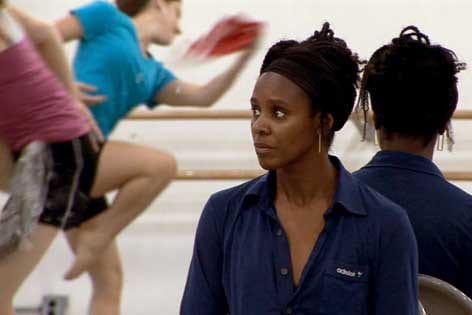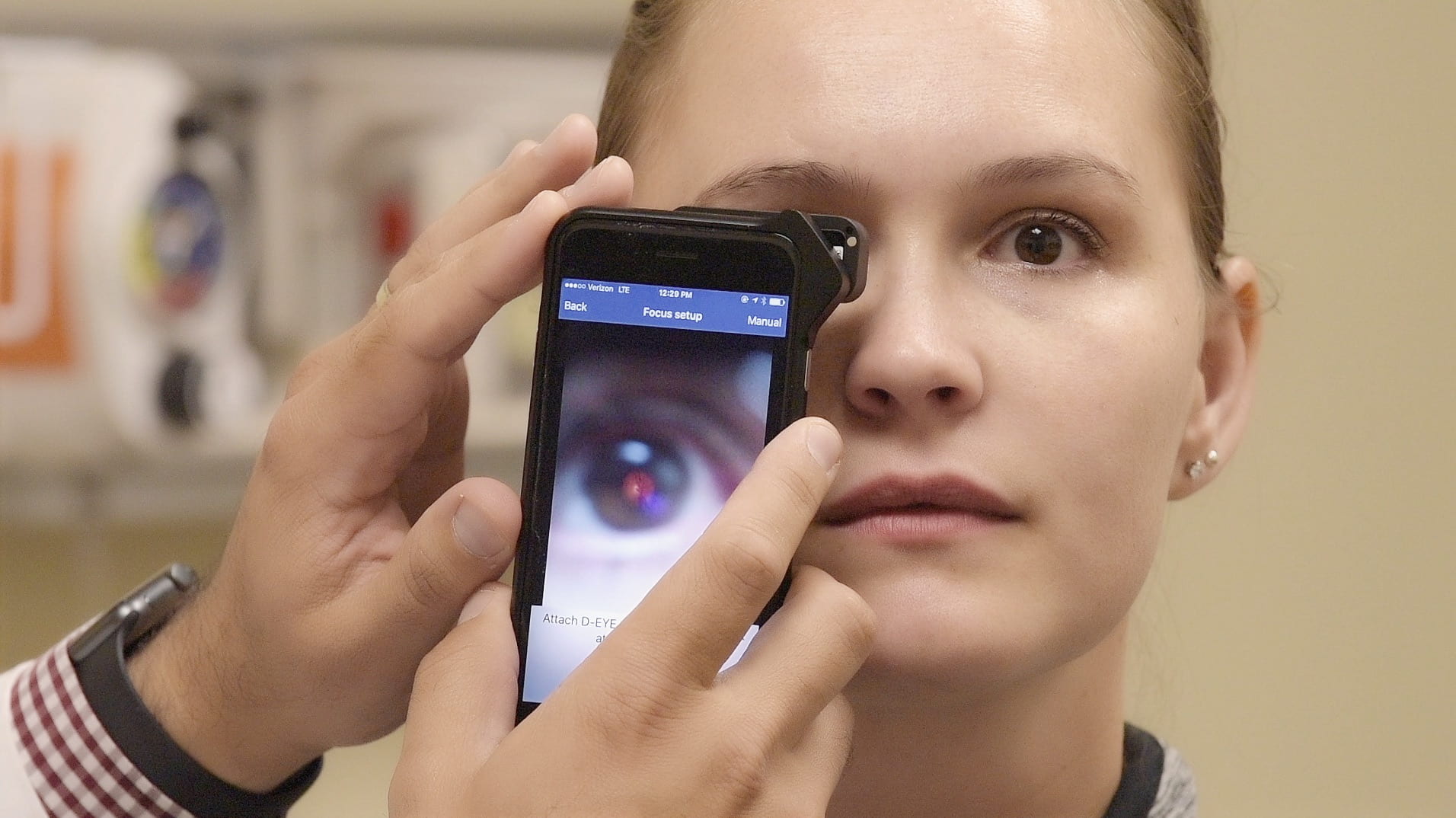Blending jazz, African dance, technology
Sheron Wray, choreographer and assistant professor of dance, lets audiences shape stage productions – via text messaging.

Sheron Wray finds inspiration in African dance, the improvisational nature of jazz music, and cell phone technology. So it’s not surprising that her stage work combines all three.
An assistant professor of dance at UC Irvine’s Claire Trevor School of the Arts, Wray has developed a performance format called Texterritory that incorporates text messaging from the audience.
“Fewer people are coming to see live shows. It takes innovation to draw larger crowds to the theater,” she says. “We’re taking down a wall that exists between the stage and the audience and allowing people to have a role in how the performance is carried out.”
Wray will demonstrate Texterritory on Monday, Feb. 22, and Tuesday, Feb. 23, at the UCI BodyTech Symposium, which brings together technology researchers and performers to consider mediated physical environments for dance, theater, music and visual arts.
On Thursday, Feb. 25, she will discuss the process of integrating technology and choreography as part of the Center for Computer Games & Virtual Worlds’ seminar series.
Wray describes her interactive productions as “dance for the next generation of audiences.” In response to onstage prompts, attendees text-message answers to open-ended or multiple-choice questions such as “What should the dancer wear on a first date?” and “Why are you here?” The replies affect the show’s music, dance, lighting and narrative.
“Cell phones are such a large part of a modern audience’s identity. By allowing people to participate, we make them feel secure about disrupting the theater,” Wray says, laughing.
Trained at the London Contemporary Dance School, she traces her love of dance and music to her childhood in Leicester, 100 miles north of England’s capital.
“I come from a family of great untrained dancers,” Wray says. “I recall the rug being rolled back during parties and everyone dancing to the beat of the music.”
Tap lessons soon followed, but the music and dance of the African diaspora are what most influence Wray’s work.
“Jazz is perhaps the most well known form of music to emerge from the African diaspora,” she says. “I try to bring back the historical relationship between jazz and dance through my stage productions.”
Wray has choreographed contemporary performances in collaboration with jazz greats like trumpeter and composer Winton Marsalis. She also is a co-founder of the Association of Dance of the African Diaspora, which supports the practice and appreciation of that dance form.
Cultivating such appreciation in today’s audiences is important to Wray.
“Many people are having most of their cultural experiences online and have never experienced a live show,” she says. “Our goal is to extend the life of a performance by affirming the viewer’s presence and building a sense of community.”

